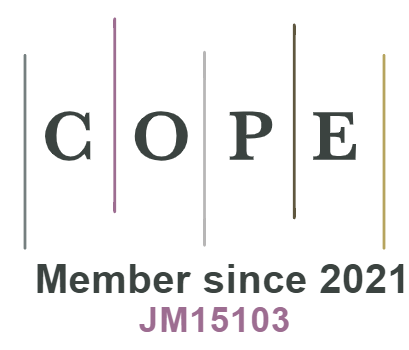Recenzja książki: James Evans, The history and practice of ancient astronomy, Oford University Press, 1998.
DOI:
https://doi.org/10.18778/1733-0319.14.13Keywords:
book review, astronomy, history of scienceAbstract
Professor James Evans is a physicist working an University of Pudget Sound in the USA. His reseatch is focused on ancient astronomy and application of that knowledge. He also successfully attempted to build gnomon, astrolabe or analemna – instruments used in antuiquity and medieval times to make observations of celestial bodies. In his work, The History and Practice of Ancient Astronomy, professor Evans introduces the reader to the evolution of astronomical knowledge, from the simplest observations made by farmers or sailors to complex astronomical models and calculations of asronomers such as Ptolemy. The author focuses mostly on ancient Babylonians and Greeks as he believes that their input on that field was most significant and the apex of ancient astonomy was Almagest by Ptolemy (one may criticise author’s thesis that Copernicus’ work was mostly a repetition of dicoveries made by the Greek astronomer with addition of the heliocentric theory of the universe). Next, professor Evans speaks of celestial pheres, stars and planets, also explaining the particular theories related to them. What is interesting is the author’s approach to ancient testimonies. He does not only ask what we learn from ancient scriptures, tablets and other findings, but also how do we learn it. Language and phrasing in this book are clear enough to unsderstand for those without background in physics or ancient languages. Priceless addition to this work are numerous illustrations placed on page margins although it happens sometimes that figure to which the current text refers to is located several pages away. This requires te reader to pay close atention to figure numbers. The word ‘practice’ mentioned in this book’s title points to one of the most importants assets of professor Evans’ work. Apart from sharing the knowledge with the reader the author shows him how to use that knowledge to verify the author’s hypotheses and how to make the observations the way they were mentioned in the ancient texts. The History and Practice of Ancient Astronomy shows the reader how to make observations of daily and annual movement of the Sun, how to determine latitude of a particular place or how to measure the approximate distance of Sun or the Moon form the Earth. Each of the subchapters is ended by list of excersises that allow to test the freshly gained knowledge. On top of that the author has also provided schematics which allow the reader to build his own astrolabe – an instrument commonly used by Arabic and European astronomers. Some might feel surprised that footnotes have been moved to the end of the entire book which makes it a little difficult to track loci of the texts quoted by the autor. Apparently it is a compromise made for sake of clarity of the lecture and general estethic feeling of the book. Without any doubt The History and Practice of Ancient Astronomy is a position worthy of being recommended not only to enthusiasts of physics and astronomy but also of ancient science and culture.Downloads
Published
2011-01-01
How to Cite
Dylewski, J. (2011). Recenzja książki: James Evans, The history and practice of ancient astronomy, Oford University Press, 1998. Collectanea Philologica, 14, 157–159. https://doi.org/10.18778/1733-0319.14.13
Issue
Section
Other
License

This work is licensed under a Creative Commons Attribution-NonCommercial-NoDerivatives 3.0 Unported License.











